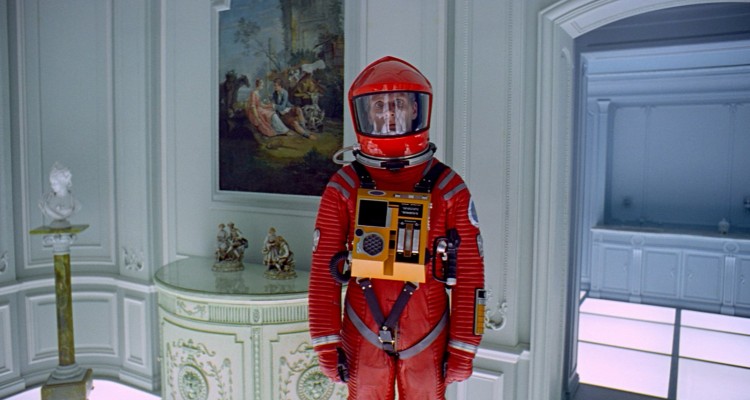It may seem like common knowledge, but for those who aren’t in the know, the director is in charge of making the film; they are responsible for controlling the artistic and dramatic paradigms, engaging and visualizing the script, and guiding all the technical crew into realizing a wholehearted vision. The cinematographer is the DP, the director of photography. They are the one actually shooting the film; they create a relationship between the camera and the image, embracing the worlds of shadow and light. It’s easy to confuse the two, but they are equally important and vastly different. A solid relationship between cinematographer and director is indispensable; it’s a harmonious balance that makes for some of the best films in history.
The film looks great because of the director, sure, choosing the right actor or actress for a role is vital — but the cinematographer produces the palette for those actors to be featured in; they orchestrate the complex relationship between vantage points, shadow, and light. With all the technological advancements nowadays, Scout Tafoya quips that there’s “no excuse for films not to look great,” and decided to ask dozens of cinephiles, critics, and movie fans alike — from Richard Brody of The New Yorker to Mark Asch of Brooklyn Magazine — what their opinions are, in other words, what films boast ideal cinematography?
In a new video essay for Fandor, Tafoya compiles this information, documenting the top 12 responses, and further exploring the films that are amongst the most adored. The name on everyone’s lips when cinematography is mentioned is often Emmanuel Lubezki, who won back-to-back Academy Awards for his work on “Birdman” and “The Revenant,” but appears on this list for his work on Terence Malick’s stunning “The Tree of Life.”
READ MORE: The Best Cinematography of 2015
Two Orson Welles films appear on the list, the Mercury Theater player filled “The Magnificent Ambersons” featuring cinematography by Stanley Cortez, and of course, what would any film list be without “Citizen Kane,” with some of film’s unforgettable scenes shot by the inimitable Gregg Toland. Legendary Vilmos Zsigmond appears on the list for his beautiful, emotional work on Robert Altman’s “McCabe & Mrs. Miller,” and Jack Cardiff ranks for his masterful technicolor beauty “The Red Shoes.”
What do you think should rank amongst the films with the best cinematography? Are you on board with the ubiquitous praise for films like “Apocalypse Now” and “Days of Heaven?” Watch the video above, and let us know in the comments below.

